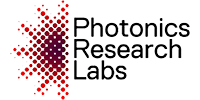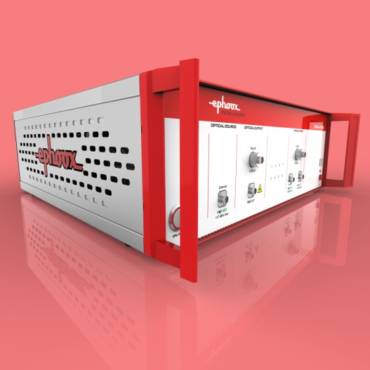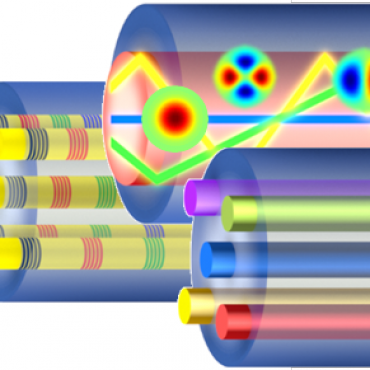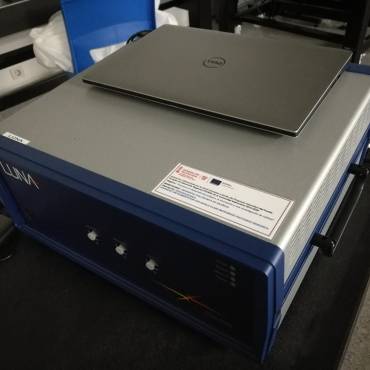Programmable integrated photonics is an emerging new paradigm that aims at designing common integrated optical hardware resource configurations, capable of implementing an unconstrained variety of functionalities by suitable programming, following a parallel but not identical path to that of integrated electronics in the past two decades of the last century. Programmable integrated photonics is raising considerable interest, as it is driven by the surge of a considerable number of new applications in the fields of telecommunications, quantum information processing, sensing, and neurophotonics, calling for flexible, reconfigurable, low-cost, compact, and low-power-consuming devices that can cooperate with integrated electronic devices to overcome the limitation expected by the demise of Moore’s Law. Integrated photonic devices exploiting full programmability are expected to scale from application-specific photonic chips (featuring a relatively low number of functionalities) up to very complex application-agnostic complex subsystems much in the same way as field programmable gate arrays and microprocessors operate in electronics. Two main differences need to be considered. First, as opposed to integrated electronics, programmable integrated photonics will carry analog operations over the signals to be processed. Second, the scale of integration density will be several orders of magnitude smaller due to the physical limitations imposed by the wavelength ratio of electrons and light wave photons. The success of programmable integrated photonics will depend on leveraging the properties of integrated photonic devices and, in particular, on research into suitable interconnection hardware architectures that can offer a very high spatial regularity as well as the possibility of independently setting (with a very low power consumption) the interconnection state of each connecting element.
Integrated multiport interferometers and waveguide meshes provide regular and periodic geometries, formed by replicating unit elements and cells, respectively.
In the case of waveguide meshes, the cells can take the form of a square, hexagon, or triangle, among other configurations. Each side of the cell is formed by two integrated waveguides connected by means of a Mach–Zehnder interferometer or a tunable directional coupler that can be operated by means of an output control signal as a crossbar switch or as a variable coupler with independent power division ratio and phase shift.
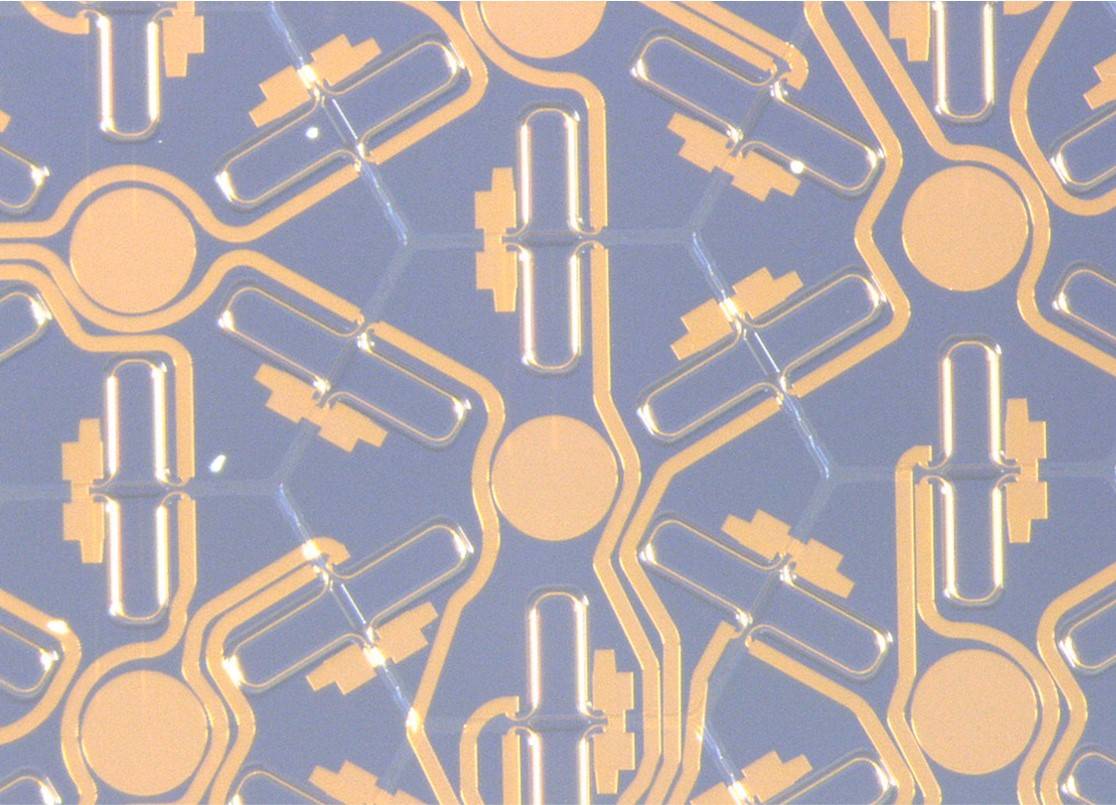
meet the team
Programmable Photonics Team

Andrés Macho

Cristina Català

David Sánchez Jácome
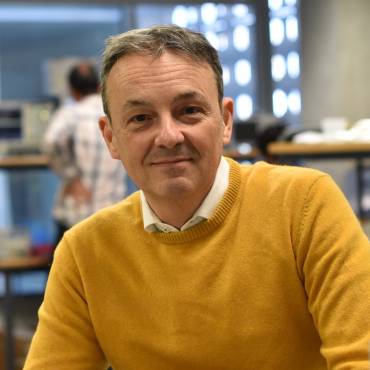
José Capmany
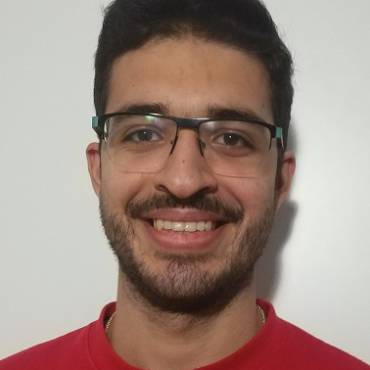
José Rausell
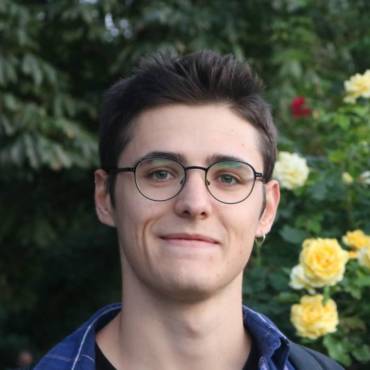
Pablo Martínez-Carrasco


